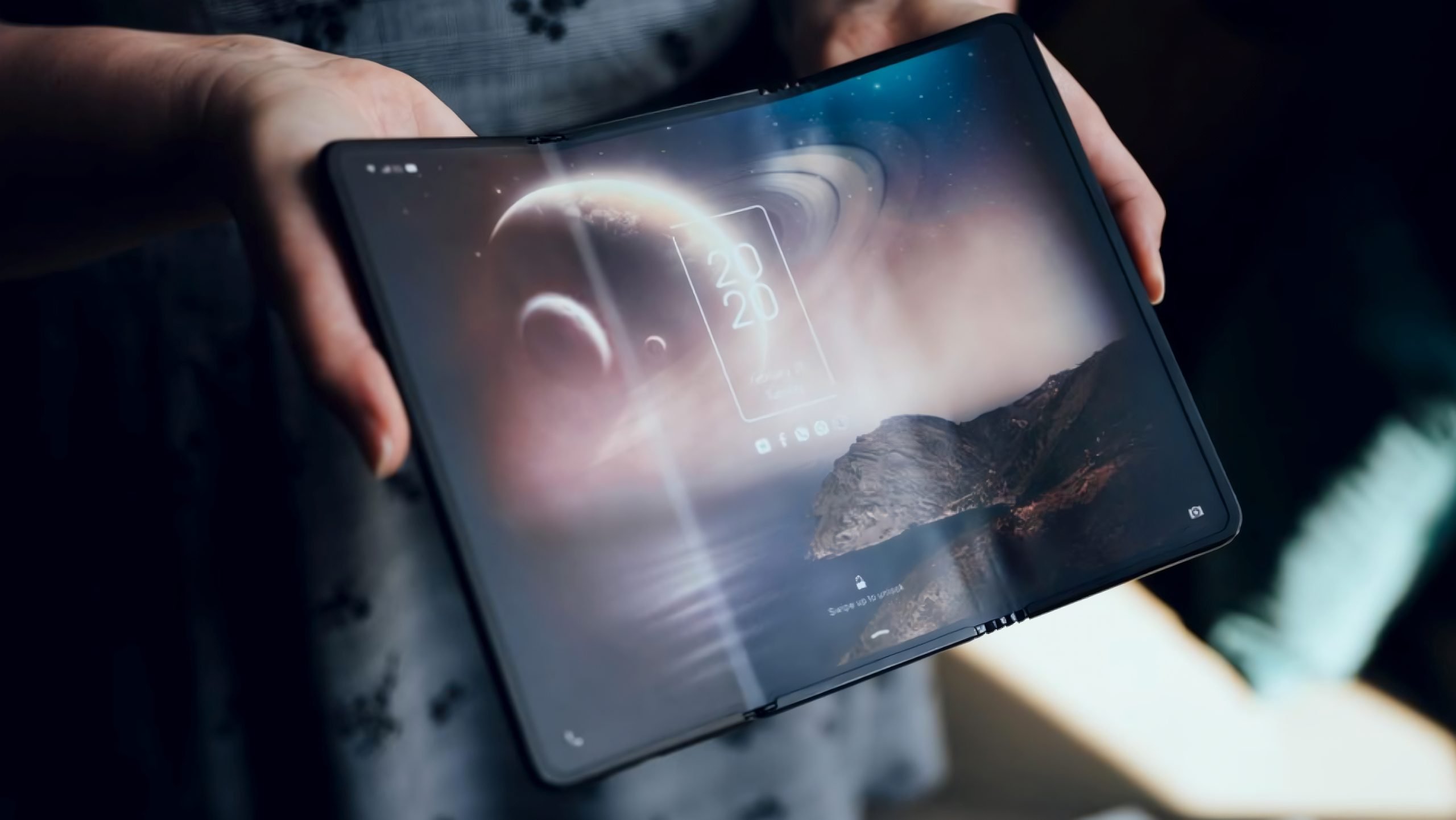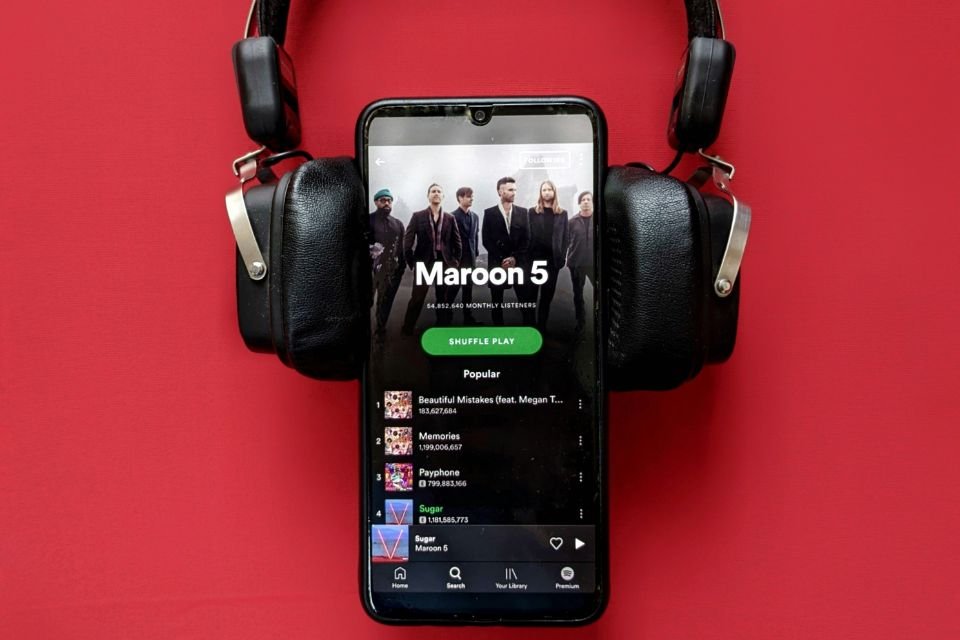When it comes to income distribution in the digital music world, attention turns to the protagonist of streaming services with the following question: How much do artists earn from Spotify?
While some artists celebrate the global reach Spotify provides, others question whether payouts are: What no fixed value per replication is prescribed – truly corresponds to the value of the work they do.
This doubt attracts the attention of music consumers and sparks great debate among music industry professionals. To better understand this scenario, you can take a look below at how Spotify’s pricing mechanisms work and their impact on the art world.
How does Spotify pay artists?
Rather than a flat fee per stream, paying artists on Spotify follows a monthly calculation that takes into account a variety of factors. Trichordist data from 2019 shows: platform paid approximately $0.00348 per reproductionIt has been showing an increase since 2014 after years of decline.
For example, in the case of a mid-sized record label with 350 albums on streaming services and 1.5 billion plays per year, a song would have to be played more than 28,000 times to generate $100 in revenue for copyright holders.
Values are also May vary between different countries where Spotify is available. Ultimately, Spotify’s revenue comes from two sources: Premium Plan subscriptions and Free Plan ads.
The service subscription price varies in each country to remain competitive in the digital music market as well as your advertising earnings.
It is worth remembering that Spotify announced changes to its payment policy with the introduction of new criteria in November 2023. Artists will now only be paid for songs that have more than a thousand streams per year.
How much does Spotify pay artists?
Spotify does not pay artists directly. Recording and songwriting copyrights are transferred to song rights owners.
In other words, the average value produced by each stream on the platform goes to companies that own marketing rights your songslike:
- record companies;
- distributors;
- publishers;
- agencies.
Each company that holds the rights has individual contracts with musicians, stipulating when and how much they will be paid based on how songs perform on the streaming platform.
In this way There is no direct way to know the exact amount each artist receivedUnless this information is disclosed by the musicians themselves.
To calculate the amount payable to these entities, Spotify divides the number of streams each owner achieved during the month by the total number of streams performed on the platform during that period.
According to the Loud & Clear report prepared by the platform itself, Spotify paid more than $ 3 billion to editorial rights holders between 2020 and 2022.
Who pays more: Spotify or YouTube?
The rivalry between Spotify and YouTube over who pays the most royalties reveals an interesting perspective between the rivals.
Lyor Cohen, YouTube’s global head of music in 2021 announced that the platform has paid more than $4 billion to artistscomposers and rights holders that year.
Meanwhile, Spotify announced that it paid more than $ 5 billion in 2020. recorded a significant increase in its annual payments.
The Loud & Clear report showed that the platform has reached an impressive milestone, disbursing more than $9 billion to the music industry by 2023; this amount has almost tripled compared to the previous six years.

Although Spotify has an enviable user base, representing around 48% of total plays across all music streaming services, its royalty distribution is not as generous as on other platforms.
According to The Trichordist in 2019Amazon Music Unlimited, TIDAL, Apple Music, Deezer and Google Play Projects higher per-play values than Spotify for a mid-sized record label, for example.
YouTube’s situation is similar. With its revenue model based on ads and views, it offers a different royalty payment dynamic with lower per-replication values ($0.00022) than other streaming services.
How much do you earn for royalties?
Amounts paid for royalties in the context of music streaming services in Brazil are determined according to a number of criteria:
- where the music is played;
- business involvement;
- type of musical use;
- user’s socioeconomic region.
According to information from the Central Office of Collection and Distribution (Ecad) and the Brazilian Union of Composers (UBC), approximately 88% of revenues from streaming services go to the profits of the platforms and payments to record labels, artists and other companies. in the industry.
You royalties represent approximately 12% of revenueResulting from advertising and subscriptions to music and video content.
While 9% of these revenues allocated to copyrights are shared between composers and publishers, the remaining 3% is directed to Ecad.
Despite the controversy surrounding the money reaching music creators’ accounts, there is no denying that streaming services have increased the relevance of songs to historic levels beyond the week of release!
Continue browsing TecMundo and stay informed about what’s happening in the world of technology and entertainment. Check out what made Spotify remove songs from Djavan, Gal Costa, Roberto Carlos, and more!
Source: Tec Mundo
I am a passionate and hardworking journalist with an eye for detail. I specialize in the field of news reporting, and have been writing for Gadget Onus, a renowned online news site, since 2019. As the author of their Hot News section, I’m proud to be at the forefront of today’s headlines and current affairs.











